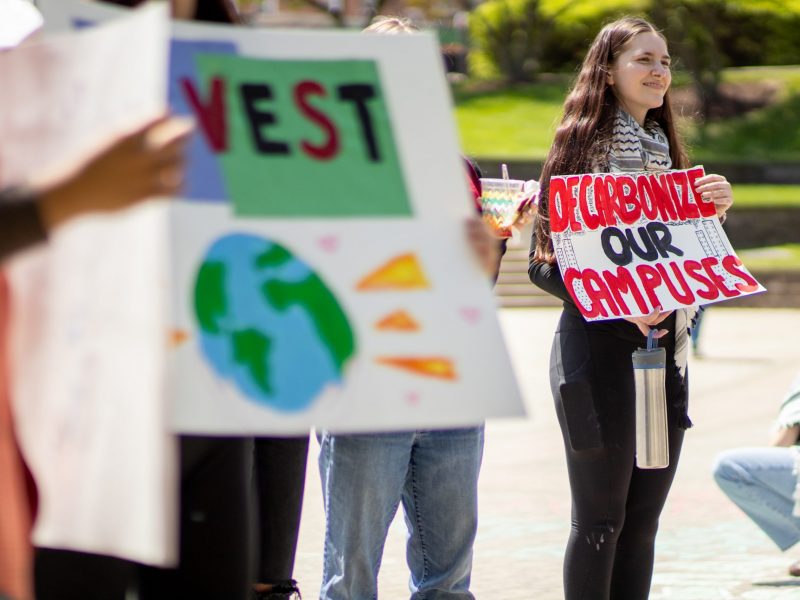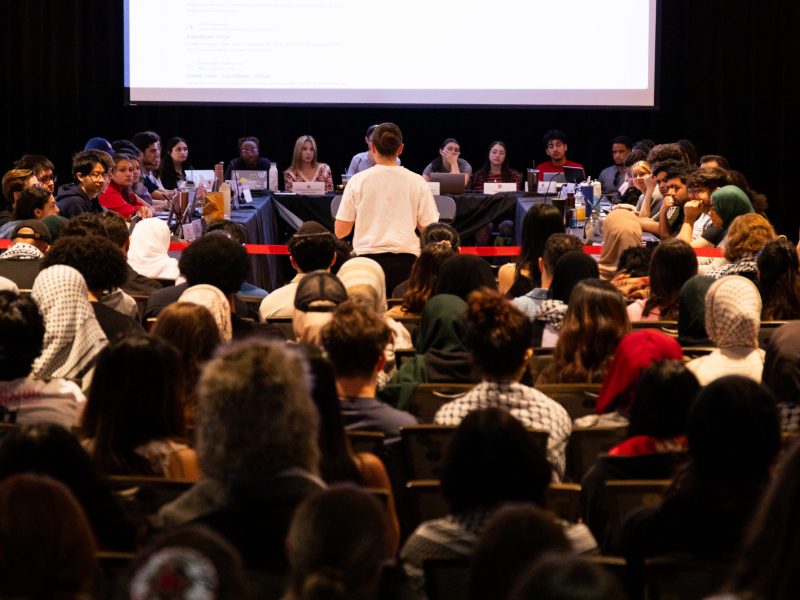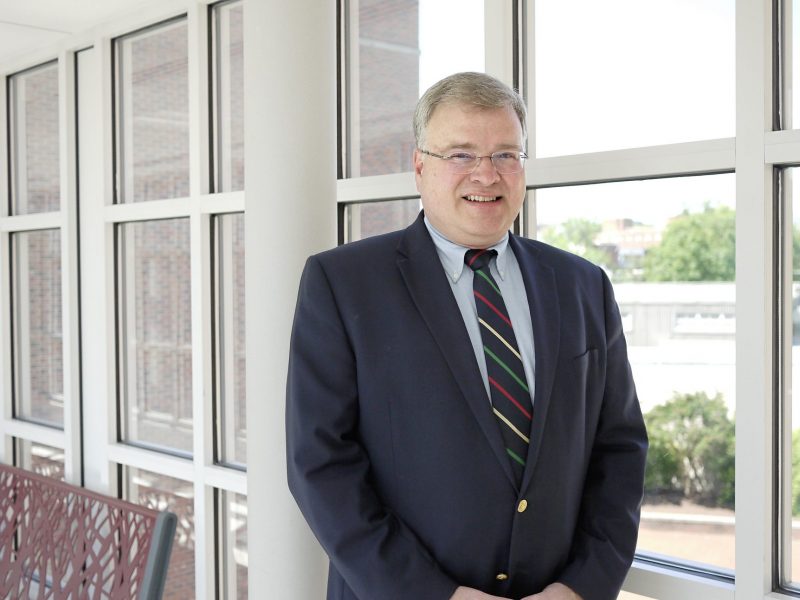College Park and University of Maryland officials and students Thursday night discussed the past and future of the Black Lives Matter movement and whether students could play a role.
The “Baltimore to Byrd” event, hosted by Maryland Discourse, brought four panelists to the Ulrich Recital Hall in Tawes Hall and drew a crowd of about 40 people.
The most discussed question of the night was whether this university was active in the movement.
Panelist Kumea Shorter-Gooden, the university’s chief diversity officer, said she thinks much more can be done to help make the university community understand movements such as Black Lives Matter and to help move them along.
“The university is in a state where 30 percent of the population is black,” Shorter-Gooden said. “If we try to educate our students more on matters such as this, we could be able to see our community as a university become more engaged with each other and the issues that matter to all of us.”
Christine Hagan, one of the four panelists in the event, said it ultimately comes down to the students who help make this movement happen.
“It’s hard to find students who are truly motivated,” said Hagan, a sophomore government and politics major. “I don’t think there will be a convenient time to help make this movement happen if students don’t try to participate as much as they would like.”
A question from Twitter asked what kinds of conversations are necessary after having dialogues like this panel event.
“These dialogues are here to help people who don’t understand what is going on,” said Rhys Hall, a senior sociology major and panelist. “If we know that these dialogues are coming, people should respond from what they learn in dialogues like these in actions instead of words to help the campus community understand issues that matter to their minority communities.”
When the question of where the leader of the Black Lives Matter movement is came up Thursday night, the audience was silent for a few moments.
“There needs to be a team of leaders to help us keep the Black Lives Matter movement alive,” said District 3 City Councilman Robert Day, who was one of the panelists. “If we have leaderships of different levels we could achieve more power in the movement.”
In response to a question about the end goals of the Black Lives Matter movement, Shorter-Gooden answered based on what she had seen in other movements in her lifetime.
“I grew up in the era of the ’60s and ’70s, where all these powerful black movement groups were making their mark and trying to help change the outcome for the black community,” Shorter-Gooden said. “I think that if Black Lives Matter continues with the path it’s going, they will be able to achieve the same amount of success as the groups I grew up with.”
The last question of the night was how to keep the Black Lives Matter movement alive.
Hall said the answer lies with social media.
“Black Lives Matter was created by three people who simply used a hashtag to promote what they believe in,” Hall said. “If we continue to use all the platforms we have, this movement will never fade away.”



